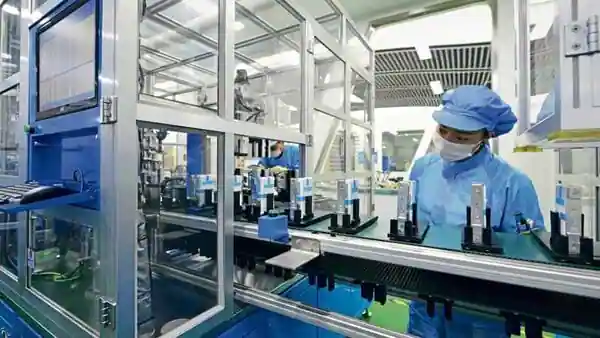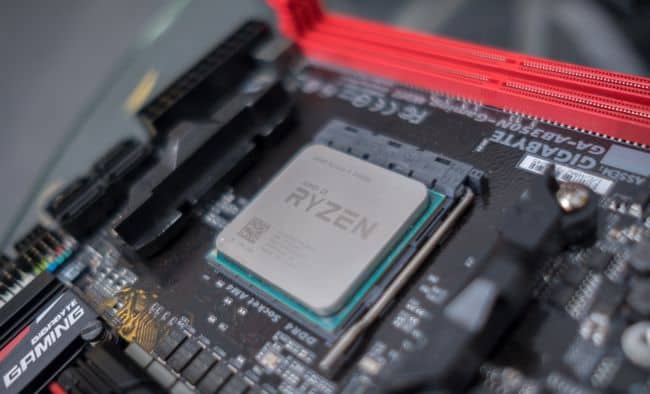
NEW DELHI : The government is working on getting industry stakeholders to agree on the standard shape and size of batteries for electric vehicles as it develops norms for its proposed battery-swapping policy, two officials familiar with the developments said.
The Union ministry of consumer affairs and NITI Aayog have called a meeting with companies on 3 January to address their concerns over a uniform battery pack standard and work towards finalizing the draft battery-swapping policy, one of the two officials mentioned above said, requesting anonymity. The policy, which aims to establish mandatory uniform swapping standards for battery packs, is expected to be released in a month’s time, the official said.
“The outer dimension of the battery pack would be fixed. This will mandate the manufacturing of the packs as per the prescribed dimensions. However, the dimensions would only be mandated for those players who would seek to avail subsidy or other benefits under a government scheme. Some players have issues with the fixed dimensions as they have already deployed assets and infrastructure as per their own dimensions,” the official said.
A second official with knowledge of the developments said: “The objective under the policy is to give a standard for the outer dimension only so that a consumer can go for any particular product or brand of choice, and there is no monopoly of any particular battery service provider. There would be no effort to bring uniformity in terms of cell chemistry as innovation needs to be promoted, and standardization of the outer dimension would not hinder innovation.”
In response to a mail, Rohit Kumar Singh, secretary, ministry of consumer affairs confirmed that the meeting would be held on 3 January to build consensus. The spokesperson of NITI Aayog, however did not respond till press time.
The government would also allow a time period of one and a half years for companies to get their swapping infrastructure and manufacturing facilities adopted to the new standard, the second official said. A committee with members of the department of science and technology and the Automotive Research Association of India have proposed a particular standard dimension for battery packs, which would support all the existing chemistries like lithium ion phosphate and nickel manganese cobalt.
The development also comes at a time the government is making efforts to bring in safety norms and standards to prevent EV fires. Following several incidents of electric two-wheeler batteries catching fire, the road transport ministry introduced additional provisions to the safety standards for EV battery packs. The new AIS-038 (for four-wheelers) and AIS-156 (two- and three-wheelers) standards were introduced by the ministry under the Central Motor Vehicle Rules. Subsequently, the ministry of heavy industries brought out a separate set of rules on human safety, which have to be implemented by 1 April 2023. NITI Aayog released the draft battery-swapping policy in April this year after finance minister Nirmala Sitharaman announced a plan to come up with the policy in her budget speech for FY23.
The draft policy said: “Additional standards and specifications for batteries regarding battery pack dimensions, charging connectors, etc. will be notified over time with adequate notice to, and consultation with, industry stakeholders, to support a phased transition to interoperability between ecosystems.”
The policy is aimed at helping India achieve its net zero goal by the ambitious deadline of 2070. Although efforts are underway to boost the availability of charging infrastructure, battery swapping is an alternative which involves exchanging discharged batteries for charged ones and provides the flexibility to charge them separately.
According to the draft policy, battery swapping de-links charging and battery usage and keeps the vehicle in operational mode with negligible downtime. Battery swapping is generally used for smaller vehicles, such as two and three-wheelers, with smaller batteries that are easier to swap compared to four-wheelers.























